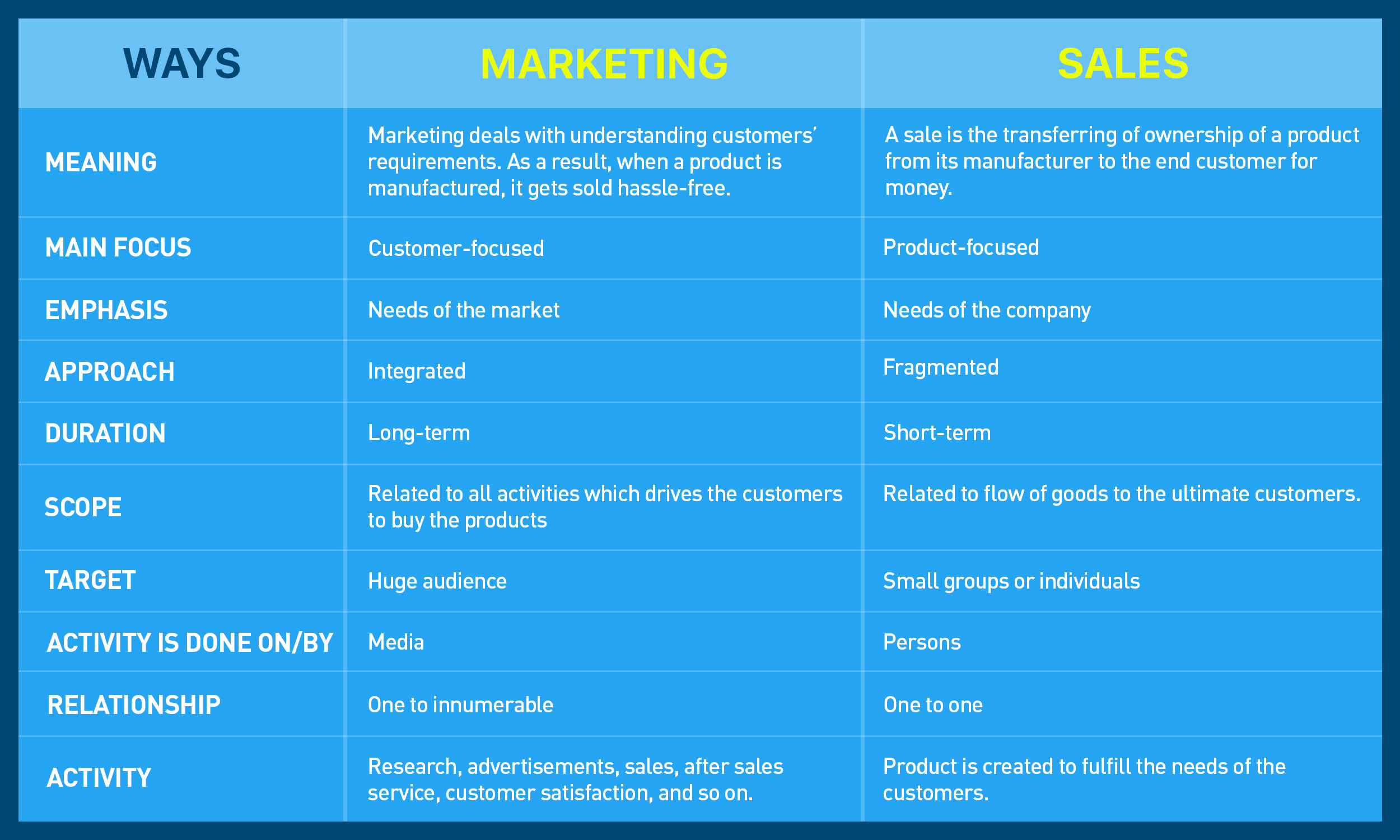You’re expected to get clicks, track conversions, and prove ROI—often on a tight timeline and tighter budget.
That’s where performance marketing can shift the pressure from guesswork to structure.
With AI tools and automation getting sharper, smaller teams can now run leaner systems that adapt as they scale. This is less about juggling 10 dashboards and more about building one smart loop.
In this guide, we’ll break down the mindset, the setup, and the systems that support smarter execution.
Define What “Performance” Means for You
Clarity sets the pace. For some, performance means purchases. For others, it could mean form submissions, app installs, or newsletter sign-ups.
The metrics only matter if they match your goals.
When a performance marketing agency Singapore teams rely on kicks off a campaign, they often start with the end in mind and then reverse-engineer the rest. This keeps your spending focused and your efforts trackable.
Before investing in tools or ad budgets, outline one or two outcomes that actually move your business forward.
Let AI Spot Patterns Faster Than You Can
AI tools don’t just crunch numbers. They detect what’s working faster than a manual report ever could.
From audience segments to best-performing assets, AI helps refine decisions on the fly.
For example, if an ad headline keeps pulling high engagement across audiences, automated systems can surface that early, which would let you double down before spend gets wasted.
It’s how automated digital marketing works in real time, not after the fact.
You’re not handing over control. You’re just letting machines catch what human eyes might miss.
Automate What Repeats
Repetition eats into creative time. Scheduling posts, triggering emails, syncing ad sets—these don’t need manual touch.
The smartest automation focuses on consistency. When automated, weekly reporting, A/B testing, and bid adjustments keep performance moving even when you’re offline.
Many ROI-driven marketing Singapore teams follow a 70/30 model: automate 70% of execution, then focus 30% on refining what makes the message hit harder.
Keep Testing, But Keep It Clean
A/B testing works best when each test isolates one element. Try changing the call-to-action in one ad, not five things at once. Small, clean tweaks lead to better insights.
AI tools help here, too. Some platforms now run multivariate tests and serve winning variants automatically. That speeds up your learning curve.
Testing doesn’t mean you’re changing everything. It’s involves staying curious in a structured way.
Build a Feedback Loop That Feeds the Funnel
Insights from ads should shape content. Feedback from landing pages should guide ad copy. This loop keeps all parts of your system learning together.
A good loop starts with clear tagging, a unified dashboard, and someone reviewing it regularly. When the loop runs well, even small experiments drive bigger patterns.
Automated digital marketing does the heavy lifting, but the best insights still come from human reflection.
Let Your Strategy Shift With the Signals
Campaigns rarely stay steady for long. What pulled results a few months ago might now feel outdated. Priorities shift, platforms evolve, and user behaviour doesn’t stand still.
That’s why flexible systems outperform fixed plans.
Teams that revisit performance regularly (weekly or monthly) spot patterns early and pivot quickly. They reallocate budget, rethink slow channels, and test one new lever at a time.
Final Thoughts
Performance doesn’t just depend on how much you spend; it comes from how well your systems adapt.
The sharper your structure, the easier it gets to repeat what works and respond when things slow down.
That’s the space we work in. We help businesses set up loops that run cleanly, then layer in smart decisions where they count—across campaign setup, reporting rhythm, and message structure.
If your current efforts feel scattered or unclear, we’re here to help you rebuild a system that learns, improves, and moves with your growth.






